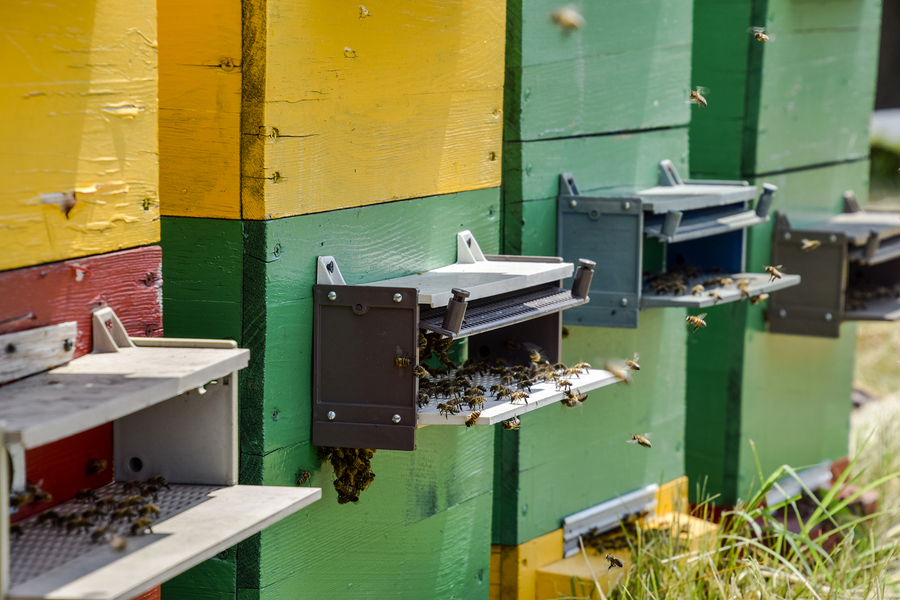Although the disappearance of bees is not new, awareness of their mortality is relatively recent and all the more necessary as the consequences could be dramatic for humanity. While some specialists say that more than 50% of our food depends on apiculture, will technology be able to stem this scourge?
A species in danger
After spending 80 million years on earth, are bees in the process of bowing out? Over the past decade, the number of bee colonies worldwide has been declining dangerously in developed and industrialized countries. As a key witness to changes in our environment, the endangered bee says a lot about the state of today’s biodiversity. Pesticides, fertilizers, monoculture (the need to have a variety of nectars), abusive mowing, varroa infestation, the Asian hornet, electromagnetic fields (loss of the bee’s internal GPS) are all harmful factors for bees, pollination, plant reproduction and development of fruits, feeding a multitude of animals… and of mankind. How are the 8,483 Canadian beekeepers responding? How will their production of 34,241 metric tonnes of honey (2014 data) be affected? Will Canadians each be able to continue their annual consumption of 820 gr of honey?
Measures to take
With this observation and the urgency of the situation, it is essential to observe bees and their environment to find the best possible solutions to protect them. Since the hives of a given beekeeper can be spaced several kilometres, they must be monitored remotely without direct human intervention. So observing them requires identification – each bee studied will have to be identified with a RFID chip associated with a unique identifier – and traceable, allowing their way of life to be studied, including the time spent outside the hive, the distance travelled to go to a flower, the different species of flowers foraged, the return (or not) to the hive. The data collected will then allow environmental changes to be studied and changes in the bee’s behaviour.
Technologies to take on
These challenges cannot take place without the use of nanotechnologies. Integrated into miniature electronic circuits of just a few square millimetres will be various miniature systems such as the RFID tag, the bio-logger or the data logger. The RFID system (radio frequency identification) transfers data that can be read in volume (many tags in bulk) and indirectly remotely (hidden tags) on which other indications can be added or removed. The bio-logger records biological data from the bee such as oxygen, carbon dioxide or humidity. Finally, the data logger records different information from sensors on the temperature, pressure, humidity. In this way it offers traceability of the transport conditions for swarms during transhumance, for example. This is a critical point to avoid rising temperature or a lack of oxygen causing the bees to die.
If it is carried out with respect for man and his environment, the use of technology could not only provide a viable solution to bees’ excess mortality, but could also help to optimize bee cultures.
